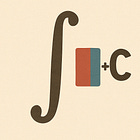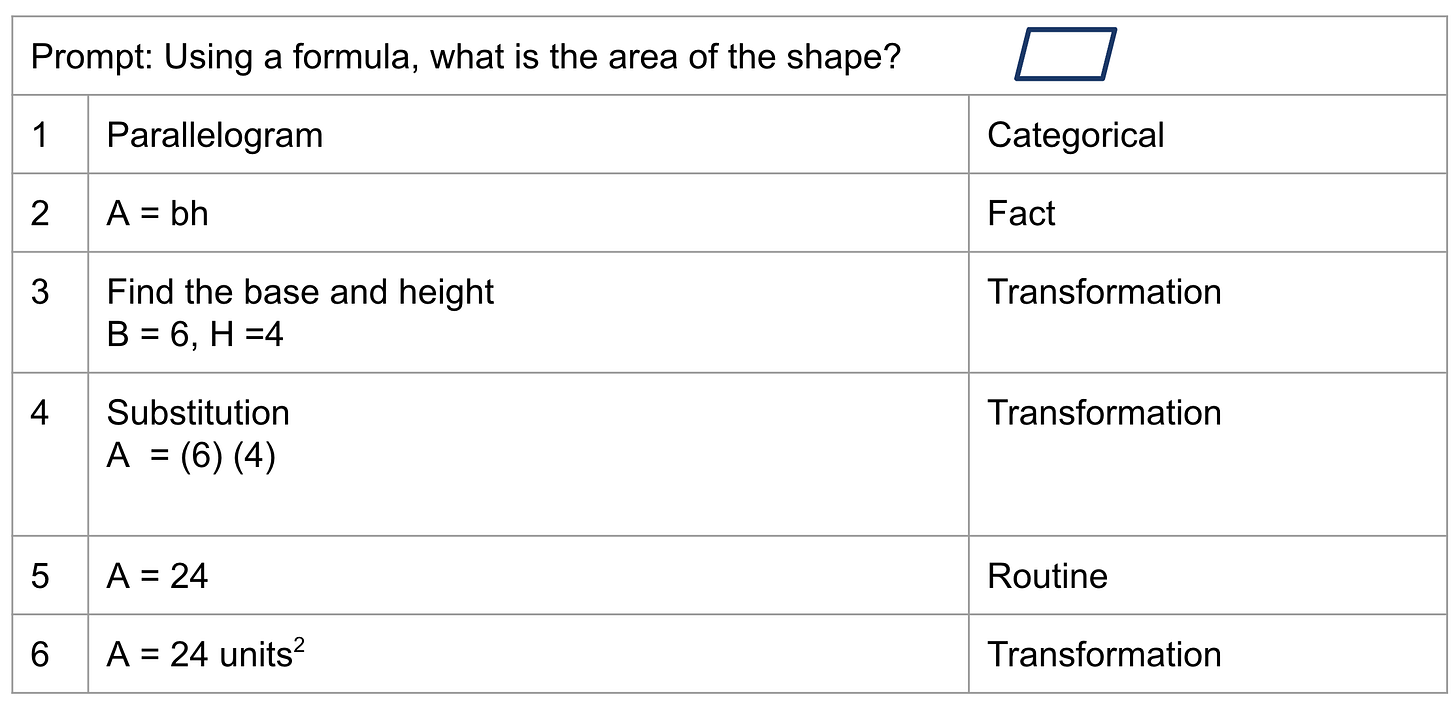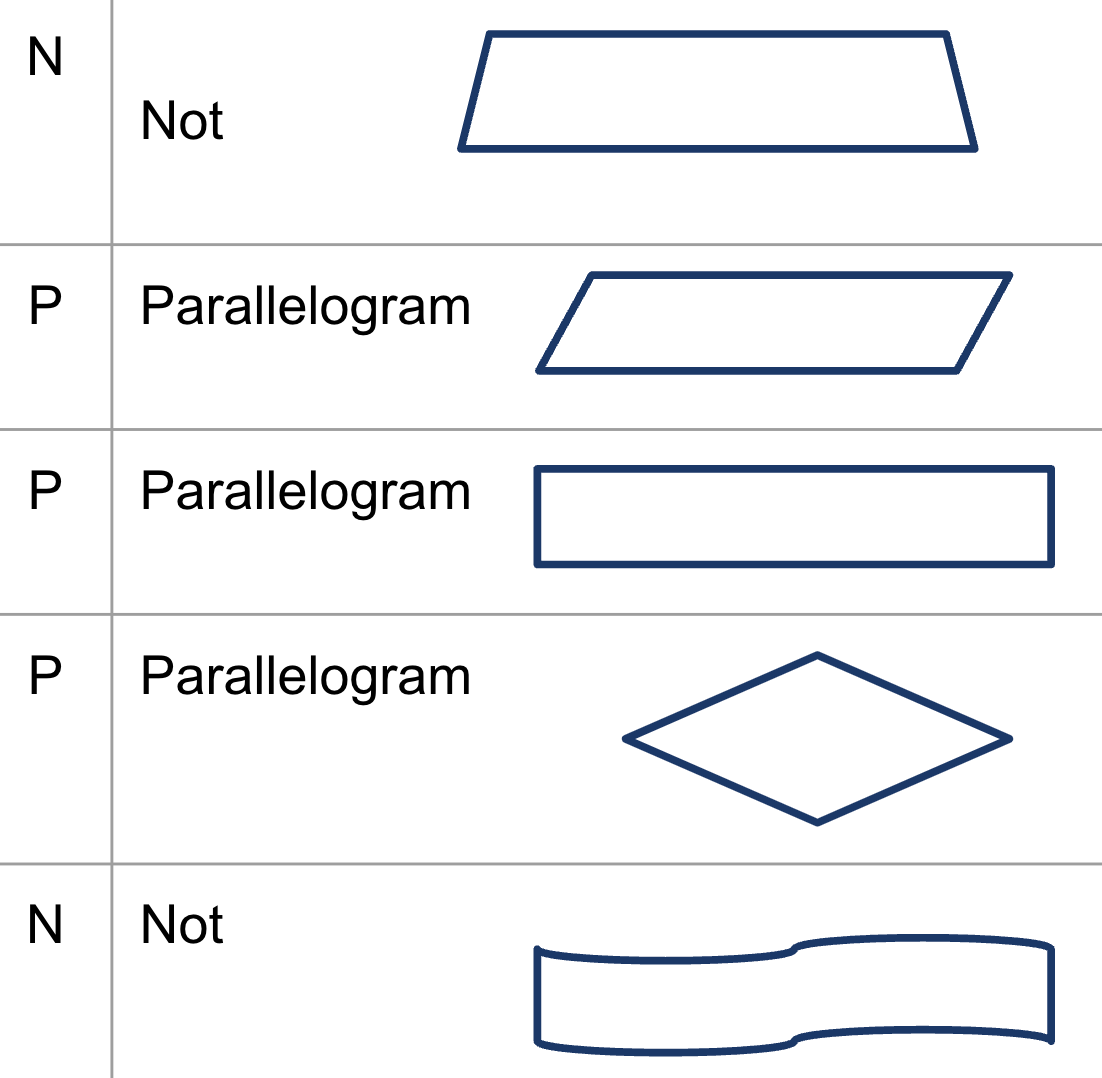I do / We do Strikes Again
A second concrete example of worked-example problem pairs interfering with instructional sequences
Podcast is AI generated, and will make mistakes. Interactive transcript available in the podcast post.
I’m just going to reiterate that I’m a big fan of both the I do / We do / You do structure, and, of Sweller’s idea of worked-example problem pairs. However, I’m seeing them misapplied on their own terms, and in particular, I’m seeing the habit of using problem pair interfere with teachers’ efforts to deploy instructional sequences.
So, it is with much thanks to
, a 6th grade teacher in San Diego, CA, that we can look at another concrete example of traditional I do / We do interfering with the delivery of instructional sequences.Last time, we looked at the example offered by Sianna, which was in many ways carefully designed, but fell apart in practice when it was presented as a series of problem pairs instead of an instructional sequence.
This time, Cathy put together routine atomisation and atomic instruction for finding the area of a parallelogram, based on the structure we shared here:
The atomisation is solid:
Atom 1 has some genius positive examples selected for the NPPPN sequence:
How many students typically fail to see the rectangle and rhombus as examples of parallelograms?
But as soon as it came to what should have been the transformation sequence, it was presented again as a series of worked-example problem pairs:
Instead, we might propose something like this:
Keep reading with a 7-day free trial
Subscribe to Unstoppable Learning to keep reading this post and get 7 days of free access to the full post archives.












